How to get Media Coverage without a Budget
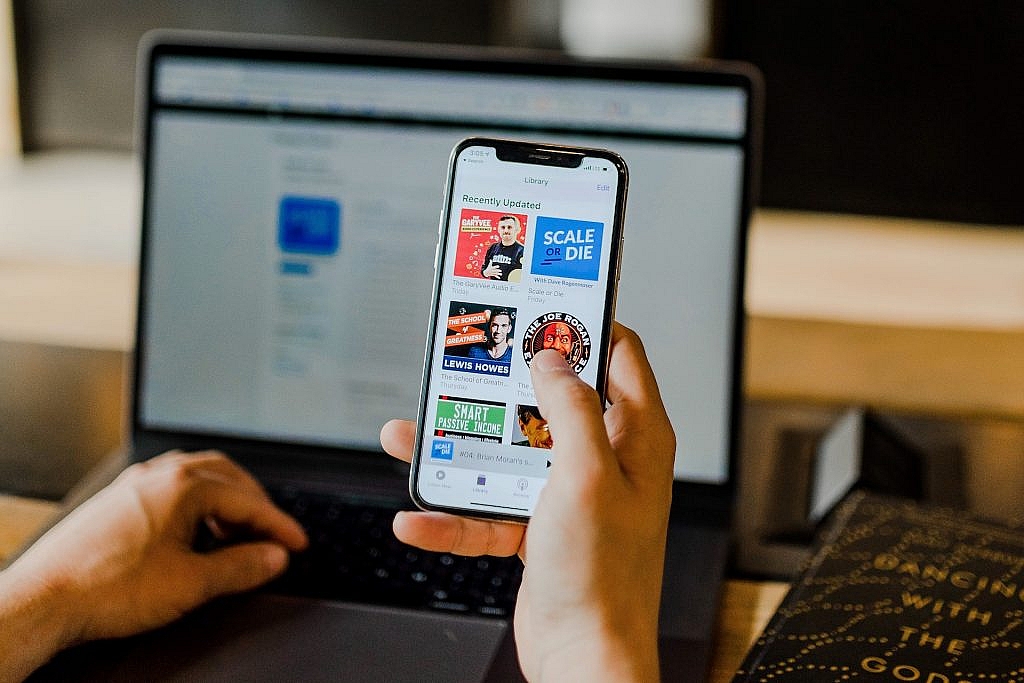
International real estate broker Tranio’s Executive Director Mikhail Bulanov explains how you can gain free online traction for your business by undertaking partner research, surveys, and analysis.
In just the last couple of years, our company Tranio has been featured over a thousand times by some of the largest media organisations in the world, including those that do not offer coverage in exchange for a fee.
While the general approach to getting cited in the media is the same, it is significantly more difficult to be featured by an international publication, where we face stiff competition from other PR contenders.
The main principle is to provide unique content that will capture the interest of the news publication’s readers.
Here are some of our key strategies:
1. Original analysis using open data
Using diverse sources of open data, your business can produce its own original analysis close to your area of focus.
At Tranio, for example, we can compare the number of pending development projects in Berlin with areas mentioned in search queries, to infer which locality Berlin residents would most want to buy an apartment in. We can then include comments from urban specialists and local real estate managers, and pitch this unique analytical piece to a leading German publication for coverage.
Using this strategy, we analyzed Spain’s land registry statistics and pitched an article about British nationals buying houses in Spain to The Independent, a popular UK-based news website.
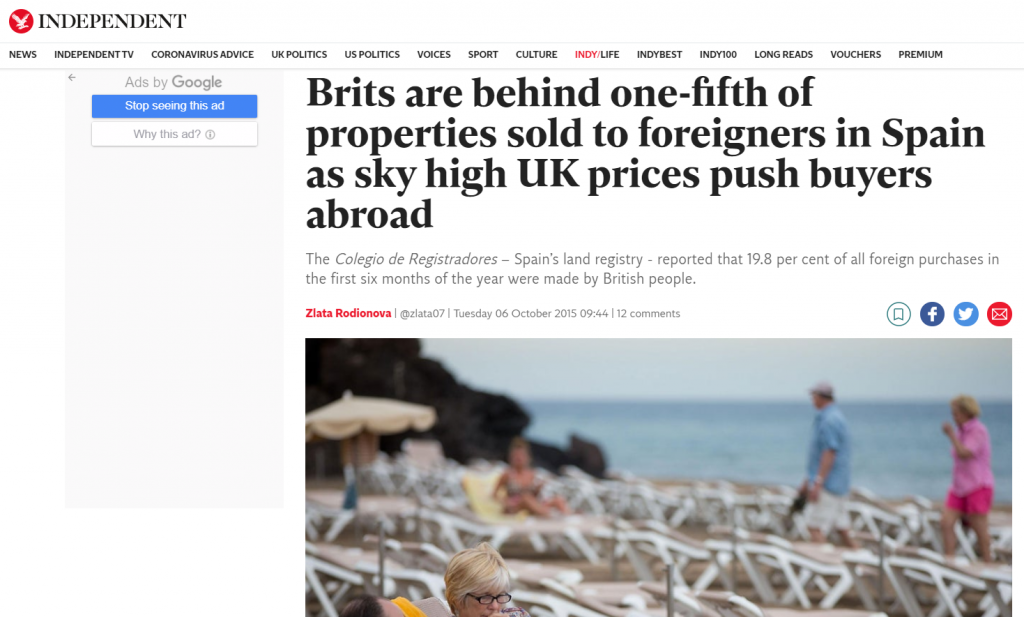
An article in The Independent featuring our research.
2. Analysis of in-house statistics
Data collected in-house by your business can offer a wealth of analytical opportunities. Sales statistics, changes in demand trends, client profiles, etc., can provide an infinite source of unique information that media outlets will find valuable.
On the other hand, customer relationship management, or CRM, may sometimes offer very limited data points. In that case, it can be useful to conduct research using more populated data sets like Google data, which allows you to count and compare search queries.
In October 2020, we analyzed the number of search queries made by residents of a particular region about their preferred domestic and international holiday destinations. Not only was this analysis picked up by most major national media outlets in the region, but over 40 international publications – including Spanish, Latvian, and Bulgarian media – cited it as well.
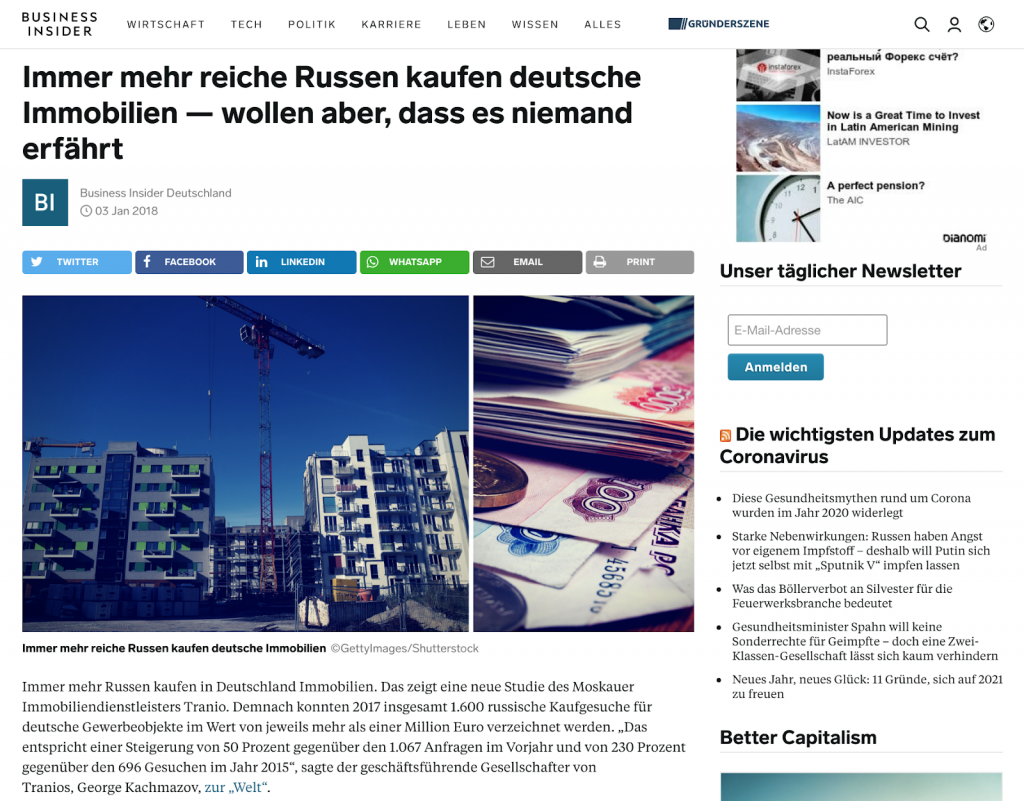
Our statistics about Russian acquisitions in Germany published by Business Insider’s German edition.
3. Picture packages
Media outlets are always in search of images that can be attributed and used without facing the risk of copyright penalties.
To this end, any visual content generated by your business can be used to promote your brand in the media.
To illustrate, The Guardian referenced Tranio as many as eleven times in their article about unusual properties for sale.
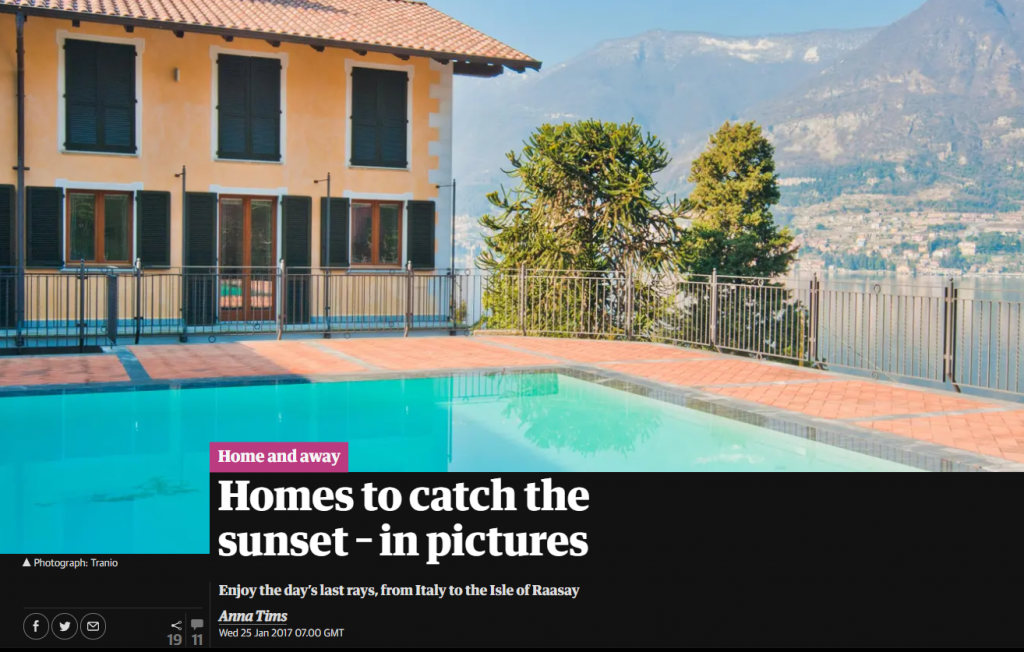
Our pictures featured in The Guardian’s pictorial about homes with a view of the sunset.
4. Client surveys
When the COVID-19 first pandemic broke out and the real estate market came to a standstill, we conducted a survey asking our clients if they were willing to invest in international property remotely, and what they thought about changes in house prices.
Surveys like this can be conducted regularly, often by asking the same set of questions and comparing this year’s responses with the previous year. The results of such surveys can then be combined with your own expert commentary and pitched to the media.
5. Joint research with market giants
Surveys and analysis can also be conducted in partnership with established heavyweights in your field, who can provide both information and resources.
Tying up with a strong partner offers many benefits: it takes your brand position up a notch, and opens up new opportunities to distribute your content.
At Tranio, we like to collaborate with real estate exhibitions because this is where the main market players gather, giving us the opportunity to tap into their opinions. Such exhibitions do not take place very often, and nor do they have dedicated editorial and PR support, which can result in some logistical challenges. However, the event managers are always interested in publicity, which is where we step in.
We partner with exhibitions as follows: they carry out a survey and we draw on those survey results to conduct our research.
The same method can be used when collaborating with market players that offer professional services in your field, such as law firms, advisors, or banks. Such stakeholders generally have access to more data and resources than exhibitions, though this is not always the case. While they might be interested in a wider subject, a good strategy is to explore a narrow area within that topic and then generate publicity for your research together.
This is how we conducted joint research with MR&H, an exhibition for hotels and resorts investment in Europe. We conducted a survey of the hotel market using our own database, and the exhibition sent some mailouts using theirs. We then issued an analytical piece using the results of these surveys, which was also sent out to all our clients.
So, what did we gain? Despite being a small company in the context of the market, this collaboration resulted in our research material being distributed to all the largest market players. For example, senior management at Marriott International received an email citing our brand.
A joint initiative with a noteworthy partner also makes it easier to get published, as your partner’s brand recognition will immediately simplify interactions with any editorial publication.
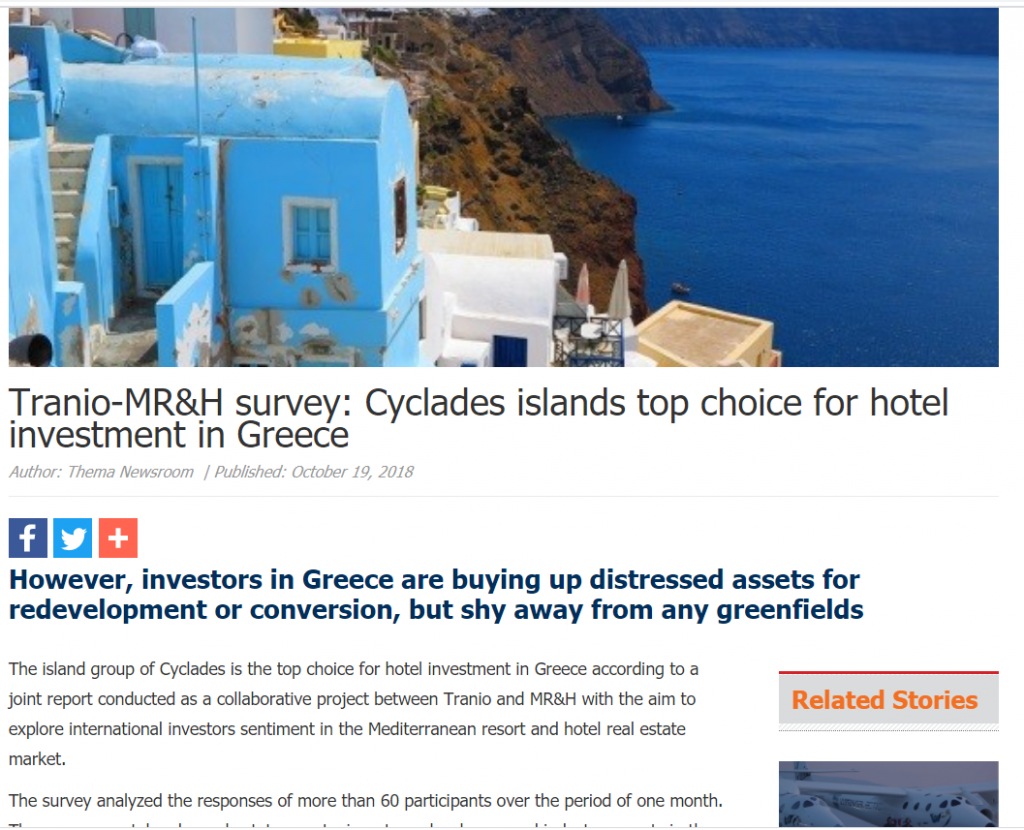
Our collaborative research with MR&H mentioned by a Greek news website in an article about hotels investing in the Cyclades islands.
One major downside to working with large companies is that the project may move a bit slower than you would like. This is because big corporations have to get approvals, follow guidelines, cut through red tape, and communicate with their offices in various time zones.
For instance, we undertook a joint research effort with EY a year ago. For many of the reasons listed above, the overall production cycle took almost six months to complete. However, it was worth it in the end. EY sent three mailouts to contacts in their database, and we immediately had new clients asking us for advice and services. We were cited over 50 times for our collaboration with EY, including twice in Forbes, as well as publications like Lenta, The Bell, and other international media.

Establishing a strong rapport with large brands is key in this approach. Do not make the mistake of thinking that no one will respond to your requests because your business is too small. Even large and reputed companies are always happy to receive an additional promotion – especially if you do most of the work!
Summary:
- Offer publications interesting and unique material.
- Consult diverse sources of data like your CRM, or publicly available statistics. Remember that reporters are often willing to cite you in exchange for your research contribution.
- Establish relationships with large brands in your field and propose to help them with publicity. Similar to reporters, large brands are open to interesting ideas and are willing to reciprocate by sharing their resources.
Photo by Austin Distel on Unsplash